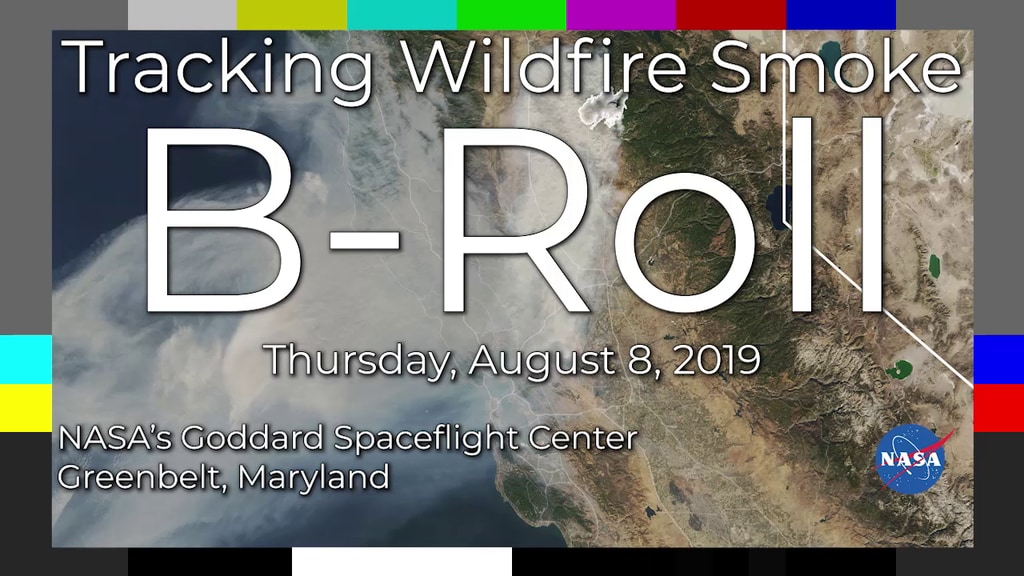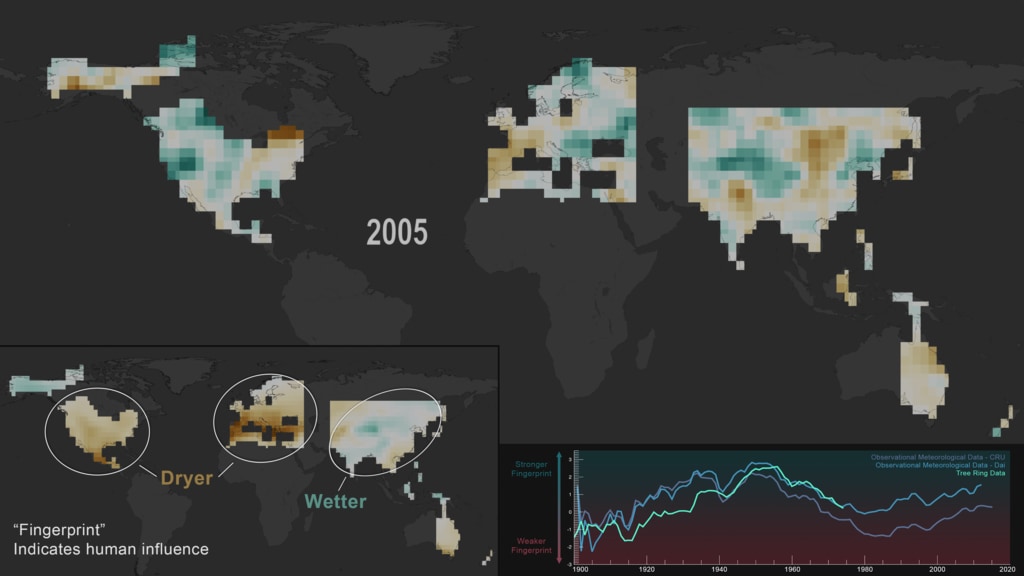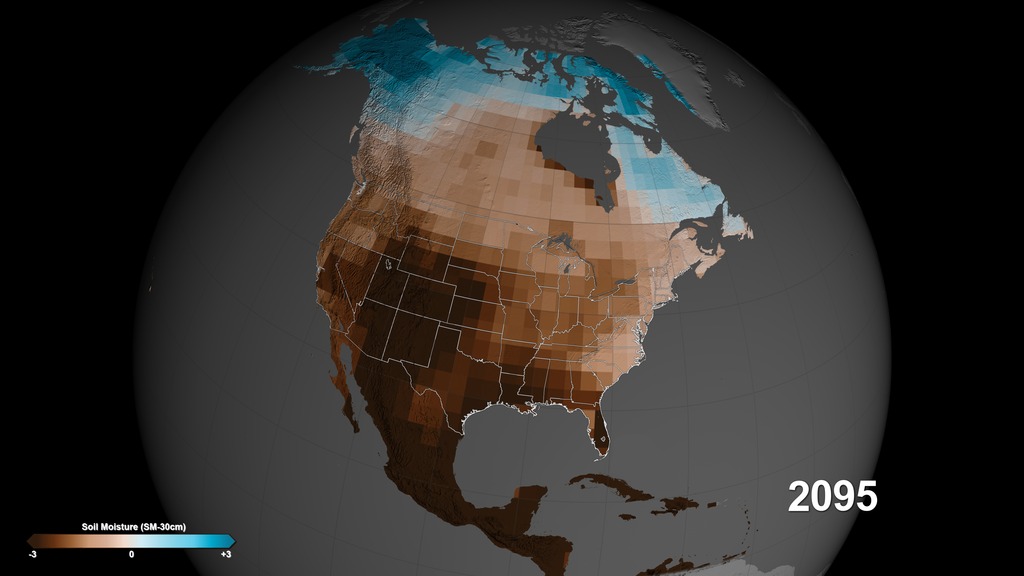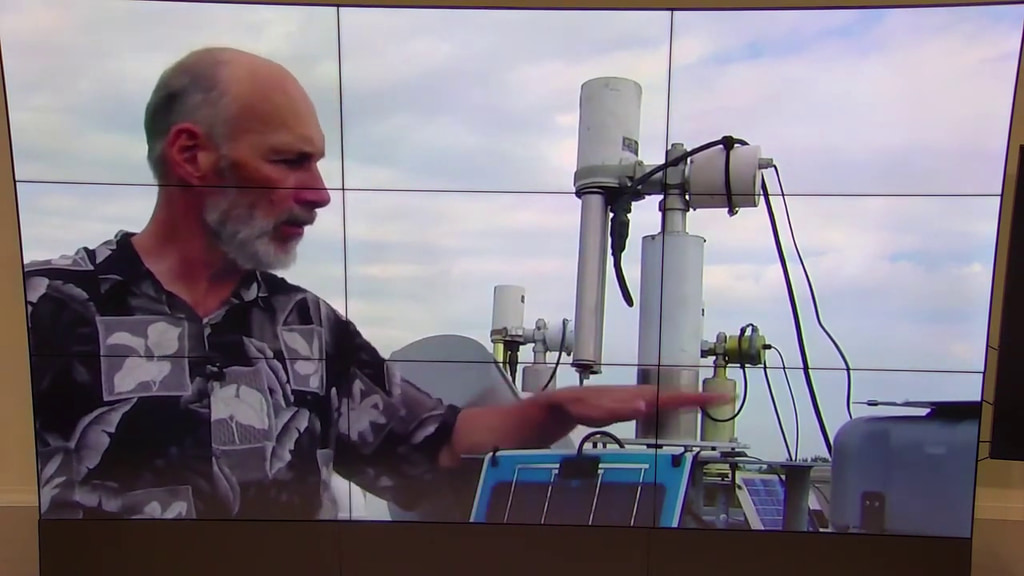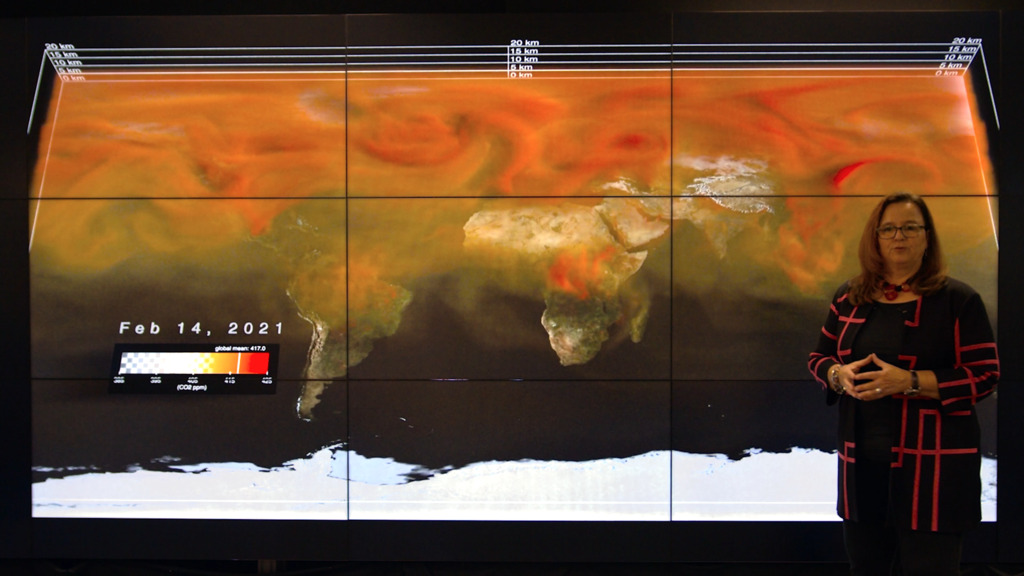A Drier Future Sets the Stage for More Wildfires
Music: Motion Blur by Sam Dodson, Spring Into Life by Oliver Worth, and Critical Pathway by Rik Carter.
Complete transcript available.
Droughts can create ideal conditions for wildfires. Dry trees and vegetation provide fuel. Low soil and air moisture make it easier for fires to spread quickly. In these conditions, a spark from lightning, electrical failures, human error or planned fires can quickly get out of control. As Earth’s climate warms and precipitation patterns change, increasingly severe droughts will leave some areas of the world vulnerable to increasingly severe fires. Understanding how fires behave in dry conditions can help firefighters, first responders and others prepare for a hotter, drier future.
Credits
Please give credit for this item to:
NASA's Goddard Space Flight Center
-
Producer
- LK Ward (USRA)
-
Writer
- Jessica Merzdorf (Telophase)
-
Scientists
- Ben Cook (NASA/GSFC)
- Kate Marvel (NASA/GSFC GISS)
-
Visualizers
- Cindy Starr (Global Science and Technology, Inc.)
- Greg Shirah (NASA/GSFC)
- Kel Elkins (USRA)
-
Technical support
- Aaron E. Lepsch (ADNET Systems, Inc.)
Release date
This page was originally published on Tuesday, July 9, 2019.
This page was last updated on Wednesday, May 3, 2023 at 1:45 PM EDT.
